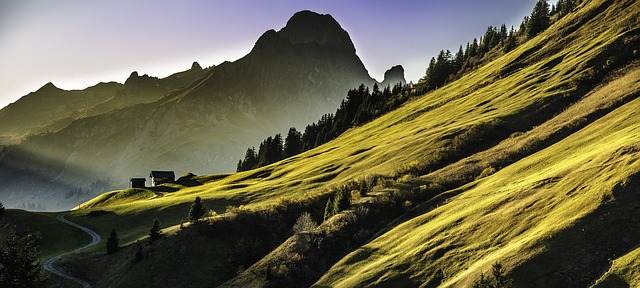Known as a World Heritage Site, the city of Bath, England is a big tourist attraction, known for it’s beautiful limestone architecture, rolling hills and Roman Baths. Every time we visit, I just enjoy looking at all the buildings, as it seems as if every angle makes a lovely photograph, it’s just so picturesque.
Bath is my husband’s hometown and we went to visit my in-laws and the rest of the clan. Thankfully, they are all doing well. I hadn’t been back to Bath for a long time, and during that time, Bath didn’t change much, but I realized I had. Because of my feng shui studies, I looked at the city with different eyes and that was fun!
Dr. Hsu teaches us that places shape people and people shape places. Our environment reflects on our personalities and visa versa. Every city has it’s own culture, energy, and character. That’s why it makes sense how some people resonate with a country and it’s people immediately, while other’s don’t. For example, I remember when I got off the plane in Costa Rica. I just felt ‘comfortable’. My first impression was the terminal. It was simple, functional, and the people were walking in a relaxed manner, in relaxed clothing. The air was warm but not humid. I got a sense of its laid back culture right away. This ‘vibe’ simply reminded me of Hawaii and I felt at home. I like that feeling of resonance. You just know it’s a match.
So, with this concept in mind, I started to look at Bath from a feng shui perspective. What do the forms and buildings tell us? Can it give us information about the people who reside there? First, let’s look at some of the photos I took of this pretty city.
What strikes you first is the Bath Stone. All buildings within the city limits are required to build in this warm, honey colored limestone. I believe this is what gives this whole city a form of unity. The basic exterior of the buildings is uniform in color using either black, white or Bath Stone. This creates a cohesive visual backdrop that accentuates the colorful flowers that line the streets during warmer months. There is no clashing of colors. In any other city, the variety of colors can cause visual chaos, draining our energy in a very subtle subconscious way, that we don’t notice.
The other aspect that makes Bath feel good is the actual color of Bath Stone. I grew up in Tokyo, which is really a concrete jungle. It is fairly monochromatic, but unlike the warm beige of Bath Stone, its a cool grey. The roads and sidewalks are grey, the ski is fairly grey and many of the buildings are grey – so are the subways! The whole city has a blue undertone to it. It’s a cool colored city. On the other hand, Bath has a yellow undertone, so it’s a warm colored city. I wonder if this reflects in the people? Are they more friendly and warm compared to those in Tokyo? From experience, people in Tokyo are not cold, and I wouldn’t call them friendly. I guess like any large city, they are busy and generally very polite but keep to themselves. In Bath, I only know our family, who are genuinely warm, but I guess one family doesn’t qualify as good statistics!
Next, what caught my attention were the narrow streets and hilly topography. The roads wind gently and the hills are not too steep. This mimics a good flow of a river. There is enough curvature to slow the flow of energy, which can be seen in the traffic flow of cars and pedestrians. This is a great asset for tourism, as people will naturally wander the streets and shops at a good speed.
From observing the form and materials in Bath, one notices that the roads are narrow, the hedges are tall and the building and walls are built of stone. This combination was most noticeable and interesting when driving. Coming from Seattle, where the freeways are wide, the sky is big and the landscape is vast, I wasn’t used to a very short vision, whilst driving. We must also take note that a city with a long history, with stone buildings that are centuries old gives one a sense of permanence. This is how it’s been for centuries and it won’t be changing any time soon. There is no need for change if they built such a solid and beautiful city in the first place. Does this reflect in their way of thinking? The people in Bath like and respect tradition. Yet, in every Yin there is Yang. Could this mean a lack of flexibility and less desire to accept change?
I wonder what those in Bath think?


